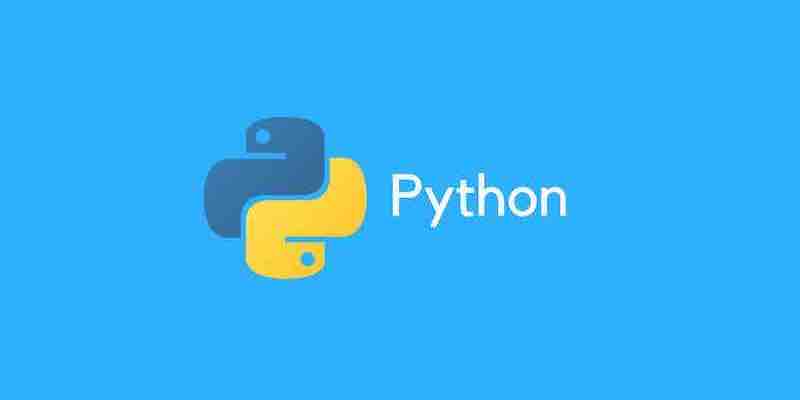Deep Dive into Python Objects: The Object-Oriented Nature of Python

Python’s philosophy that “everything is an object” is not just a catchy phrase; it’s a foundational principle that shapes the language’s behavior, capabilities, and design. Here’s how this principle influences Python:
- Uniformity and Consistency: Since everything is an object, whether it’s a function, module, or data type, they all follow a consistent pattern of behavior. This uniformity simplifies the learning curve for beginners and offers a predictable programming model.
- Dynamic Typing: Python’s object-oriented nature facilitates dynamic typing. Variables do not have fixed types; instead, they reference objects, and the variable type is determined by the object it currently references.
- Intuitive Syntax: Treating everything as an object allows for a more intuitive syntax. For instance, when you use a method on a string or a list, you’re invoking a method on an object. This object-oriented approach makes method chaining and data manipulation more straightforward.
- Garbage Collection: Python’s garbage collector can manage memory more efficiently since everything is an object. Objects no longer referenced are automatically cleared from memory, preventing memory leaks.
- Extensibility: The object model allows users to create custom classes and objects, inheriting properties and methods from built-in classes. This extensibility is crucial for building complex data structures and expanding Python’s capabilities.
- Reflection and Introspection: Python’s object model supports reflection and introspection, allowing developers to examine objects, retrieve type information, and dynamically modify object attributes and methods at runtime.
- Rich Built-in Methods: Python’s standard data types come with many built-in methods, thanks to their object-oriented nature. This richness enables developers to perform complex operations without reinventing the wheel.
- Encapsulation: The object-oriented model promotes encapsulation. Data and the methods operating on that data are bundled into single units, i.e., objects. This bundling facilitates modular and organized code.
In conclusion, Python’s principle of treating everything as an object provides a unified and consistent framework that enhances the language’s flexibility, power, and user-friendliness. It allows developers to harness the full power of object-oriented programming, making Python suitable for various applications, from web development to data analysis to artificial intelligence.